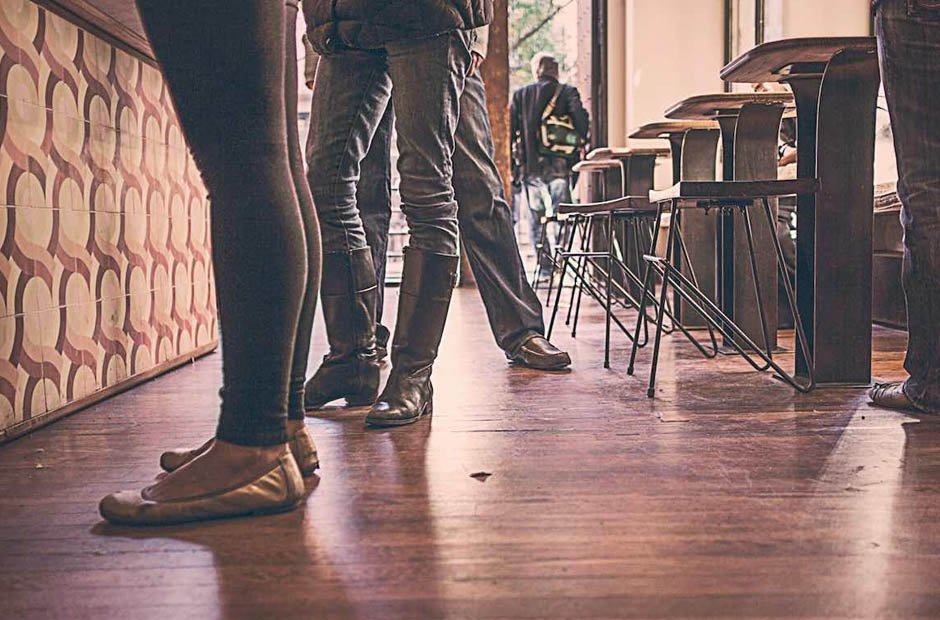Understanding the Importance of Floor Safety
Floor safety is a critical aspect of maintaining a safe environment in homes, workplaces, and public spaces. Slips and falls are among the most common accidents, often leading to serious injuries. This comprehensive guide focuses on techniques for traction testing and improvement, ensuring that your floors are not just visually appealing, but also safe.
The Science of Traction Testing
To assess the safety of flooring, traction testing is essential. Floor slip testing involves measuring the slip resistance of a surface to determine how likely it is to cause slips and falls. This type of testing is crucial in identifying potential hazards and implementing necessary improvements.
Why Regular Testing is Essential
Regular traction testing helps in maintaining the safety standards of floors, especially in high-traffic areas. It’s also important for compliance with safety regulations in various industries.
Methods of Traction Testing
There are several methods used to test the traction of flooring surfaces. Each method provides insights into how safe the floor is under different conditions.
Tribometer Testing
A tribometer is a device used to measure the coefficient of friction (COF) of a surface. This test provides a quantitative measure of the floor’s slip resistance.
British Pendulum Test
This method involves swinging a faux heel over the floor surface to simulate a foot strike. It’s widely used for testing outdoor surfaces and is recognized internationally.
Improving Floor Traction
If traction testing reveals that a floor is a slip hazard, there are several ways to improve its safety. These methods can range from simple maintenance to more comprehensive solutions.
Regular Cleaning and Maintenance
Proper cleaning and maintenance are crucial in maintaining floor traction. Dirt, grease, and other residues can significantly reduce a floor’s slip resistance.
Applying Anti-Slip Coatings
For floors that inherently have low traction, applying an anti-slip coating can be an effective solution. These coatings create a rougher surface, increasing friction and reducing the likelihood of slips.
Choosing the Right Flooring Materials
When installing new flooring or renovating, choosing materials with good traction is essential for safety. There are various flooring options available that offer both aesthetics and safety.
Considerations for Safe Flooring
Look for flooring materials rated for high slip resistance. Textured tiles, rubber flooring, and certain types of vinyl are popular choices for areas where slips are a concern.
Addressing Environmental Factors
Environmental conditions can greatly affect floor safety. It’s important to consider factors like moisture, temperature changes, and the presence of contaminants.
Mitigating Environmental Risks
Place mats at entrances to reduce the amount of water and dirt tracked onto floors. Ensure adequate drainage in areas prone to moisture and use dehumidifiers where necessary.
The Role of Footwear in Floor Safety
Footwear plays a significant role in preventing slips and falls. Encouraging or providing slip-resistant shoes can be an effective part of a comprehensive floor safety strategy.
Selecting Slip-Resistant Footwear
For workplaces and environments where slips are a high risk, investing in footwear with slip-resistant soles can provide an extra layer of safety.
Safety Standards and Compliance
Understanding and adhering to safety standards is crucial for legal compliance and for ensuring the well-being of individuals who use the space.
Keeping Up with Regulations
Stay informed about local and industry-specific regulations regarding floor safety. Ensure that your floor safety practices meet or exceed these standards.
Educating Staff and Occupants
Awareness and education are key components of floor safety. Providing information and training on how to prevent slips and falls can significantly reduce accidents.
Implementing a Safety Culture
Create a culture of safety where everyone understands the importance of floor safety and is proactive in maintaining it.
Technology in Floor Safety
Advancements in technology have led to more sophisticated methods of traction testing and floor safety improvement.
Innovating for Safer Floors
Embrace new technologies like advanced anti-slip treatments and smart sensors that can detect hazardous conditions and alert maintenance staff.
Regular Assessments and Improvements
Floor safety is an ongoing process. Regular assessments and improvements are necessary to adapt to changing conditions and wear and tear.
Scheduling Regular Safety Checks
Implement a schedule for regular floor safety inspections and traction testing. Address any issues promptly to maintain a safe environment.
Prioritizing Floor Safety
Prioritizing floor safety is essential in creating a secure and welcoming environment. By understanding the importance of traction testing, choosing the right flooring materials, and implementing safety practices, you can significantly reduce the risk of slips and falls. Remember, a safe floor is the foundation of a safe space, and taking proactive steps towards ensuring it can make a substantial difference in the well-being of everyone who walks on it.


